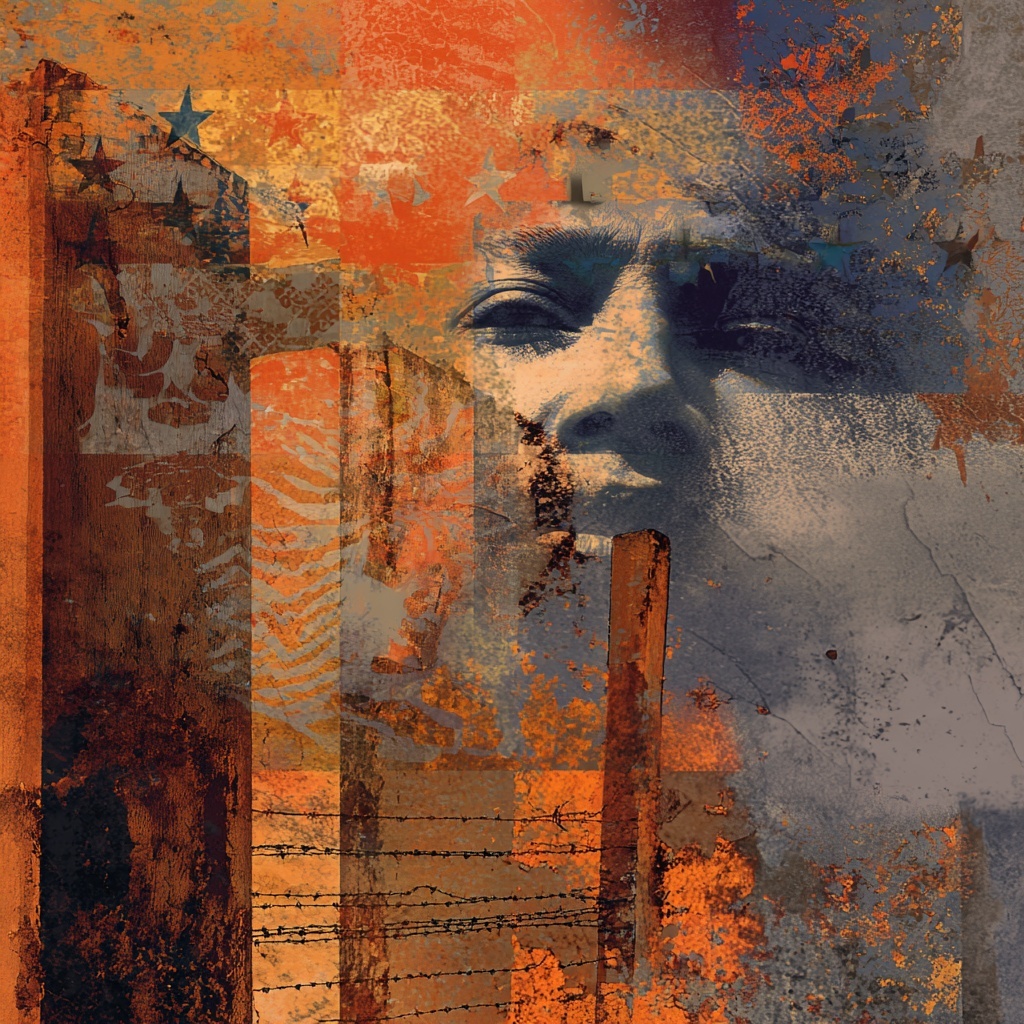
IndigenousNetwork was able to attend this briefing from American Community Media, titled Deaths, Disappearances, and Danger in Immigrant Detention. The conversation centered on deaths in U.S. immigration detention, gaps in public reporting, and the expansion of facilities that limit oversight. It also raised questions that matter to Indigenous readers following cross-border migration, family separation, and the treatment of children and LGBTQI detainees.
Heather Hogan, now Policy and Practice Counsel at the American Immigration Lawyers Association, drew on years as an asylum officer with USCIS in Arizona, California, and Texas. She described early morning wakeups, long holding periods, and interviews conducted after people had been bussed in shackles from nearby prisons. “I was frequently struck by how they’re treated like incarcerated criminals, despite many having no criminal record,” she said. Hogan noted that solitary confinement is used for people at risk of self-harm and for transgender or HIV-positive detainees, often described by officials as protective custody. “By a certain period of time, the UN classifies solitary confinement as torture,” she said. Her policy takeaway was plain: “Deprivation of liberty is a power that should be used rarely, and only when absolutely necessary,” with case management and access to counsel as the preferred alternatives.
Andrew Free, an Atlanta-based lawyer and researcher who founded the #DetentionKills project and has litigated against forced labor in detention, walked through mortality numbers and documentation gaps. He said the fiscal year just ended with one of the highest recorded death totals. “At the end of the fiscal year, we had 22 deaths in ICE custody. That’s the second highest level ever on record,” he said, adding that official notices do not capture every case. Free described comparing ICE press statements with independent detention datasets and finding additional deaths not publicly acknowledged. He also pointed to the spread of short-term or off-ledger holding sites that do not always show up in ICE’s biweekly counts. “What is the true number of people dying in ICE custody? I don’t actually know,” he said. “We win nothing by being silent. We only lose by refusing to fight.”
Yannick Gill, Senior Counsel for Refugee Advocacy at Human Rights First and a former congressional staff director, focused on oversight and third-country transfers. He recounted being denied entry to the Moshannon Valley facility even while accompanied by members of Congress after a detainee death. “Blocking a sitting member of Congress is not just in violation of the Constitution. It should make all of us stop and think what exactly ICE is hiding behind those walls,” he said. Gill outlined reports of medical neglect, prolonged detention, and the punitive use of isolation. He warned that new funding will expand detention capacity and that agreements with foreign governments risk moving deportations out of view. His conclusion was that the current approach chips away at due process while making it harder for families and lawyers to locate people.
For Indigenous audiences, three threads stand out. First, Indigenous migrants from Latin America often face barriers in language access and legal help, which increases the likelihood of prolonged detention and missed deadlines. Second, the growth of unlisted or hard-to-reach sites echoes problems communities already encounter when trying to track relatives across jurisdictions. Third, the normalization of solitary confinement and deterrence-by-hardship compounds trauma and increases health risks for people who arrive with prior harm, including survivors of sexual violence and state persecution.
The speakers also offered practical direction. Hogan urged reporters to keep documenting conditions inside and to explain why isolation, erratic transfers, and remote siting make fair process difficult. Free emphasized building stories from primary records, including death notices, medical reviews, and FOIA releases, while treating official tallies as incomplete. Gill encouraged the use of regional human rights bodies to increase pressure, even if results are incremental, and to track how new funds translate into contracts with county jails and private operators.
The briefing’s message was steady rather than sensational. The detention population is at historic levels, deaths have risen, and transparency has narrowed. These are facts with local consequences. They touch Indigenous families trying to find loved ones, communities organizing court support, and newsrooms that need reliable data to verify harm. IndigenousNetwork will continue to follow these cases, cross-check official numbers, and report on policies that shape who is detained, where they are held, and whether families can bring them home.
